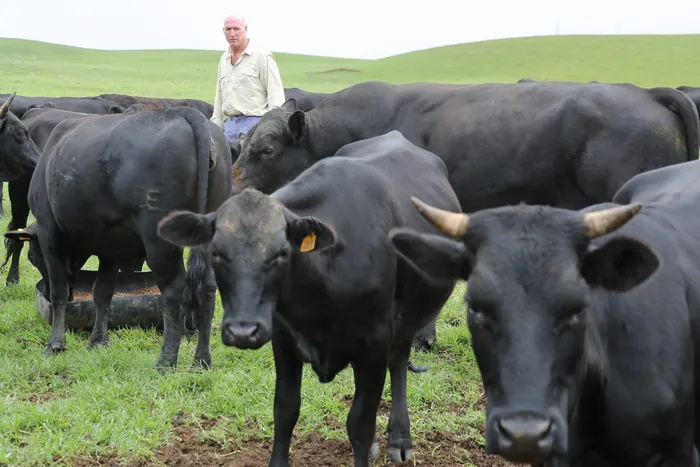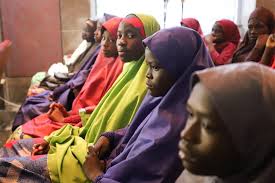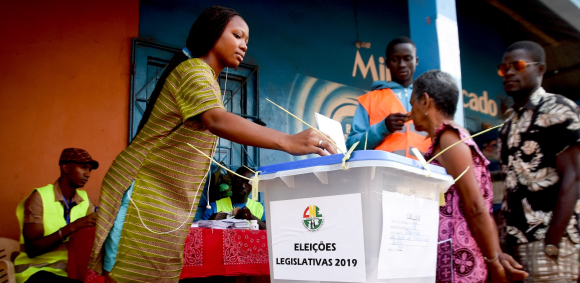South Africa’s red meat industry, a vital component of the rural economy, faces increasing instability due to recurring outbreaks of foot and mouth disease (FMD), posing severe risks to national food security, trade, and the livelihoods of thousands of communal and emerging livestock farmers. Despite the country’s commitment to inclusive growth under the Agriculture and Agro-processing Master Plan (AAMP), persistent biosecurity failures continue to undermine progress.
Recent FMD outbreaks in Limpopo, KwaZulu-Natal, and parts of the Free State have highlighted critical weaknesses in South Africa’s animal health and disease control systems. These outbreaks have led to widespread movement restrictions, culling of livestock, and export bans, resulting in billions of rands in lost trade revenue. For smallholder and emerging farmers, already burdened by structural inequalities within the red meat value chain, such losses are not just financial setbacks but existential threats to their survival and long-term growth.
FMD has long existed in the region, but its resurgence reflects deeper systemic problems. South Africa’s veterinary and biosecurity systems have suffered from years of underinvestment, capacity erosion, and fragmented governance. National and provincial departments often work in silos, lacking coordination and resources to implement a cohesive disease prevention strategy. This disjointed response has allowed FMD to repeatedly gain a foothold, putting the entire industry at risk.
A major vulnerability lies in the poorly maintained disease control fencing along the borders of key wildlife reserves, particularly around Kruger National Park and Hluhluwe-iMfolozi, where infected wild buffalo frequently interact with domestic cattle. Despite decades of promises to upgrade these fences, little progress has been made due to funding shortfalls and bureaucratic delays. These breaches are emblematic of a broader failure to prioritize rural veterinary infrastructure and surveillance in high-risk areas.
Moreover, enforcement of livestock movement regulations is inconsistent. Although guidelines exist, auctions and informal livestock sales often proceed without proper oversight, facilitating rapid disease transmission. Emerging farmers, particularly in communal regions with minimal veterinary support, are left vulnerable without timely disease information, vaccines, or the means to protect their herds.
The impact of inaction is being felt far beyond the rural grazing lands. South Africa’s red meat exports, valued at over R4 billion annually, face constant scrutiny from international markets. Following FMD outbreaks in 2019, countries such as China and several Gulf states suspended imports of South African beef deals that could have opened doors for smallholder producers. These trade restrictions not only cripple large-scale producers but also close off global market access for those hoping to transition from subsistence to commercial farming.
Without urgent reform, including the rehabilitation of disease fences, revitalization of veterinary services, and improved coordination across government levels, FMD will continue to erode the red meat sector’s potential. South Africa must invest in proactive, inclusive animal health strategies if it hopes to safeguard food security, expand agricultural exports, and deliver on its promise of equitable rural development.














Leave a comment